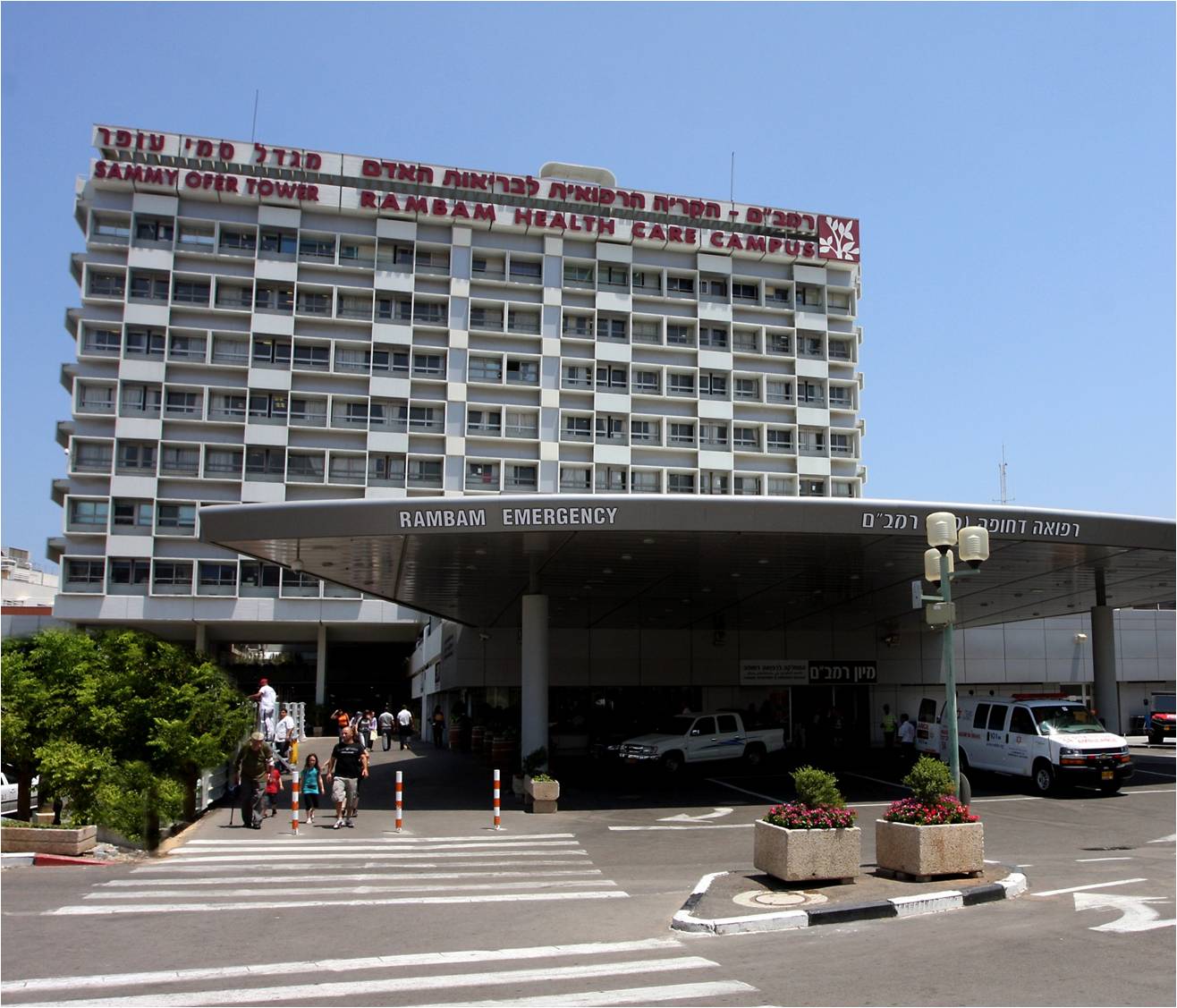Often veiled behind misattributed symptomatology – commonly referred to as stiff heart syndrome – it’s an infrequent yet high-risk disease. This disorder stems from faulty proteins that misconfigure and collect as protein amyloid fibrils within myocardial tissues, impairing contractile rhythm and disrupting electrophysiological stability.
This stealth pathology gradually precipitates ventricular rigidity, myocardial infiltration, and diastolic collapse – mimicking more prevalent cardiomyopathies. Left unidentified, this condition frequently advances toward irreversible cardiac insufficiency.
Etiology: What Provokes Heart Amyloidosis?
The genesis of cardiac amyloidosis typically lies in inherited or systemic disorders that yield overproduction of misfolded proteins. Core causal forms include: next-described.
- AL-Amyloidosis: Stemming from plasma cell anomalies, producing defective light chains.
- ATTR-Amyloidosis: Arises from structurally-unstable transthyretin protein, either via mutation or aging (wild-type).
- AA-Amyloidosis: Often follows protracted inflammatory diseases.
- Aβ2M-Amyloidosis: Occurs in dialysis-dependent individuals due to β2-microglobulin accumulation.
Across all variants, insoluble protein deposits embed into cardiac muscle – debilitating structure and overloading cardiac dynamics.
Clues of Stiff Heart Syndrome
Because of its infrequency and symptom overlap, this syndrome is frequently misdiagnosed. Indicators are listed below.
- Escalating breathlessness.
- Orthostatic lightheadedness.
- Peripheral edema.
- Profound fatigue and reduced stroke output.
- Arrhythmic episodes.
- Macroglossia or periorbital purpura (specific to AL subtype).
Diagnostic Mapping: Tools for Early Recognition
Prompt identification is paramount. Differentiation from mimicking conditions employs the following.
- Echocardiography: Reveals concentric wall thickening absent hypertrophy.
- Cardiac MRI: Detects late gadolinium enhancement zones.
- Immunofixation Electrophoresis: Identifies monoclonal free light chains.
- Congo Red Biopsy: Verifies amyloid deposits via birefringence.
- TTR Gene Sequencing: Determines ATTR subtype.
Intervention Modalities
While complete reversal remains elusive, interventions strive to attenuate protein-amyloid propagation and fortify cardiac resilience.
- TTR-stabilizers (e.g., tafamidis) for hereditary variants.
- Monoclonal biologics to degrade existing plaques.
- Chemotherapy for AL cases.
- Advanced-stage transplant candidacy.
- Symptom modulation via diuretics, beta-blockers, or anticoagulants.
Why It’s Often Missed
Due to its masquerading presentation – often similar to hypertrophic or restrictive cardiomyopathies – it evades early detection. It must be considered in differential diagnoses, especially in patients with unexplained ejection-fraction preservation, renal complications, or neuropathies.
At-Risk Demographics
- Males aged 65+.
- Longstanding monoclonal gammopathy patients.
- V122I mutation carriers (particularly African descent).
- Chronic dialysis recipients.
- Individuals presenting with unexplained AV block or fainting.
Outcome Metrics & Prognosis
Prognostic outlook hinges on protein-type, organ-system reach, and treatment immediacy. Among subtypes, AL amyloidosis harbors the most aggressive trajectory, precipitating abrupt cardiac dysfunction without timely care. Wild-type ATTR progresses slower but steadily erodes myocardial performance.If you’re facing unfamiliar or worrisome health symptoms, timely consultation with a medical expert is essential. You can send us a request through our platform, and we will promptly match you with a highly qualified specialist tailored to your condition. Our extensive expert network spans across diverse medical institutions worldwide, ensuring access to exceptional, personalized care.
Is cardiac amyloidosis fatal?
Yes – if misidentified or unmanaged, it can lead to terminal cardiac breakdown. Early recognition boosts survival trajectory.
Is cardiac amyloidosis a rare disease?
Indeed, it qualifies as an orphan disorder, often misjudged due to symptom ambiguity.
How rare is amyloidosis?
Estimates show under 200,000 U.S. cases annually, confirming its low-prevalence classification.
What are the 4 types of amyloidosis?
AL (light chain), ATTR (hereditary or wild-type), AA (inflammatory-linked), and Aβ2M (dialysis-related) represent primary subtypes.
What is the survival rate for cardiac amyloidosis?
Without intervention, AL-type may result in mortality within 6-12 months. With correct therapy, ATTR cases can see multi-year survival windows.











